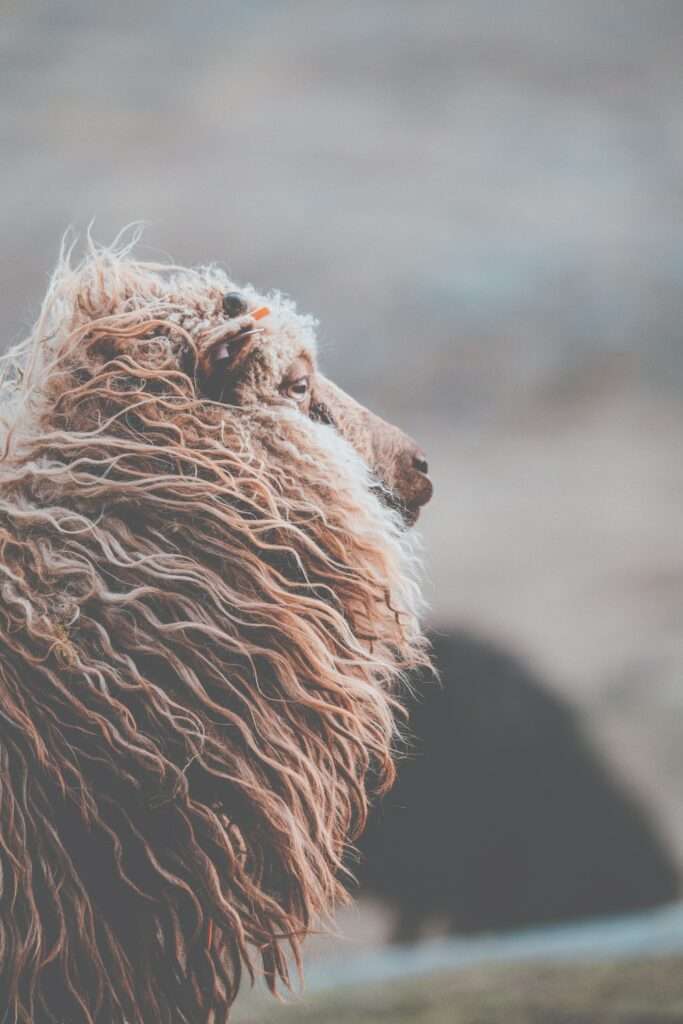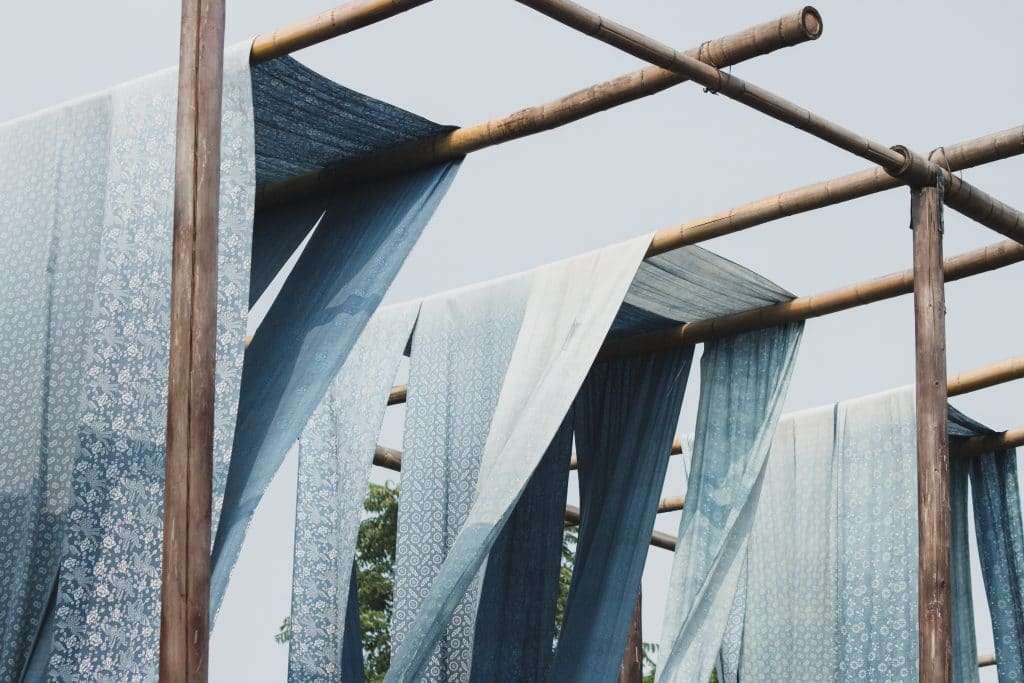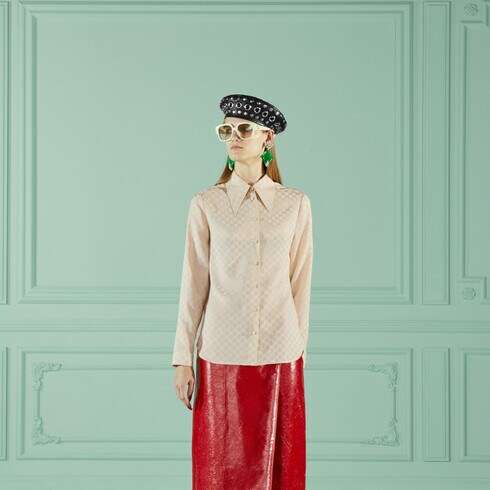Among the most beloved textiles in the world, crepe is revered for its elegance. But what is it, and is it sustainable?
Crepe is a familiar fabric you find in a range of clothing items and home furnishings. If you see or feel a thin, wrinkled texture on your clothes or curtains, that’s most likely crepe.
But finding sustainable textiles can be challenging. Not all fabric producers make their products with the environment in mind. And it’s equally a burden when only a few places indicate whether their textiles are vegan or made sustainably. Like other fabrics, certain factors dictate whether a crepe textile is or isn’t sustainable.
What is crepe fabric?
Crepe comes in different styles across a range of materials and fibers. Fashion brands may use several kinds for their clothing, so seeing various crepe fabrics in one store isn’t unusual. Some might have thicker variants for trousers, while others have thinner ones for tops.
Types of crepe fabric
If you’re conscious about sustainability, understanding the differences will help you significantly. Here’s a list of the kinds of crepe fabric you may encounter and their brief descriptions:
- Aerophane: Shiny, near-transparent, gauzy crepe fabric.
- Baute satin: French crepe textile using warp weaving and features a reversed plain design.
- Crepe de Chine: Silk crepe fabric without the wrinkled texture.
- Canton crepe: Crepe fabric from China is usually seen on Asian clothing and heavier than crepe de Chine.
- Crepe charmeuse: Another silk crepe textile that uses crepe twist yarns and a satin weaving method.
- Plissé crepe: Crepe fabric uses heavy rollers and chemical treatments to create a crinkled look.
- Polyester crepe: A synthetic textile that’s lightweight and thin.
- Wool crepe: Rough and wiry-looking fabric made of cotton and silk fibers.

Crepe characteristics
When used on clothes, crepe fabric gives a luxurious look and texture. Hence, it’s common to find designer dresses utilizing the material.
Crepe is a great textile to have at home. Though like any product, it has advantages and disadvantages. Here’s a list of the notable ones:
Pros
- Breathable
- Lightweight
- Wicks moisture
Cons
- Flammable
- Needs extra maintenance
- Expensive, depending on the material
The last point is important because organic materials are pricey most of the time. It’s partly why some textile producers make synthetic ones instead. Synthetic fibers aren’t generally eco-friendly.
Production And Materials
Traditionally, materials used to make crepe fabric were silk or wool. These are naturally-derived fibers but with ethical and environmental considerations that make them less than ideal for a growing number of consumers. That’s why many eco-friendly cloth products include crepe silk scarves and handkerchiefs. Sheep wool is also one of the most used materials to make crepe textiles, while cotton is another popular alternative.

Wool and silk materials make China and Australia the two most prominent producers of crepe textiles. The former is still one of the biggest silk exporters in the world. Meanwhile, the latter exports a significant amount of wool from their plentiful sheep.
Older crepe fabrics may use 100 percent cotton. There are also crepe textiles made from synthetic fibers like rayon and polyester. These materials are artificial, using melted polyethylene terephthalate (PET) plastic pellets and turned into long thread-like fibers. PET is not naturally found and often requires synthetic chemicals like petroleum.
Environmental impact
Fast fashion is an ongoing environmental problem wherein manufacturers produce too many clothes, often made out of synthetic materials. People buy these clothes because they’re affordable and on-trend, often tossing them out after just a few wears. This occurrence is an issue because factories keep making these products to fulfill customer demand. But the materials they use to make them aren’t eco-friendly and won’t biodegrade naturally, like organic fibers.

Crepe fabric is durable, making it a smart choice for consumers looking to replace fast fashion with longer-lasting material and classic looks. Crepe is less likely to tear easily, so there’s no need to replace them often.
Look for certifications on crepe materials such as the Global Recycled Standard (GRS) or GOTS-certified cotton. The GRS is solely for sustainable synthetic products. Brands that use recycled materials to create new items may receive certification from them.
Related on Ethos:


